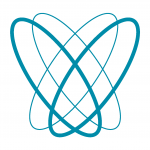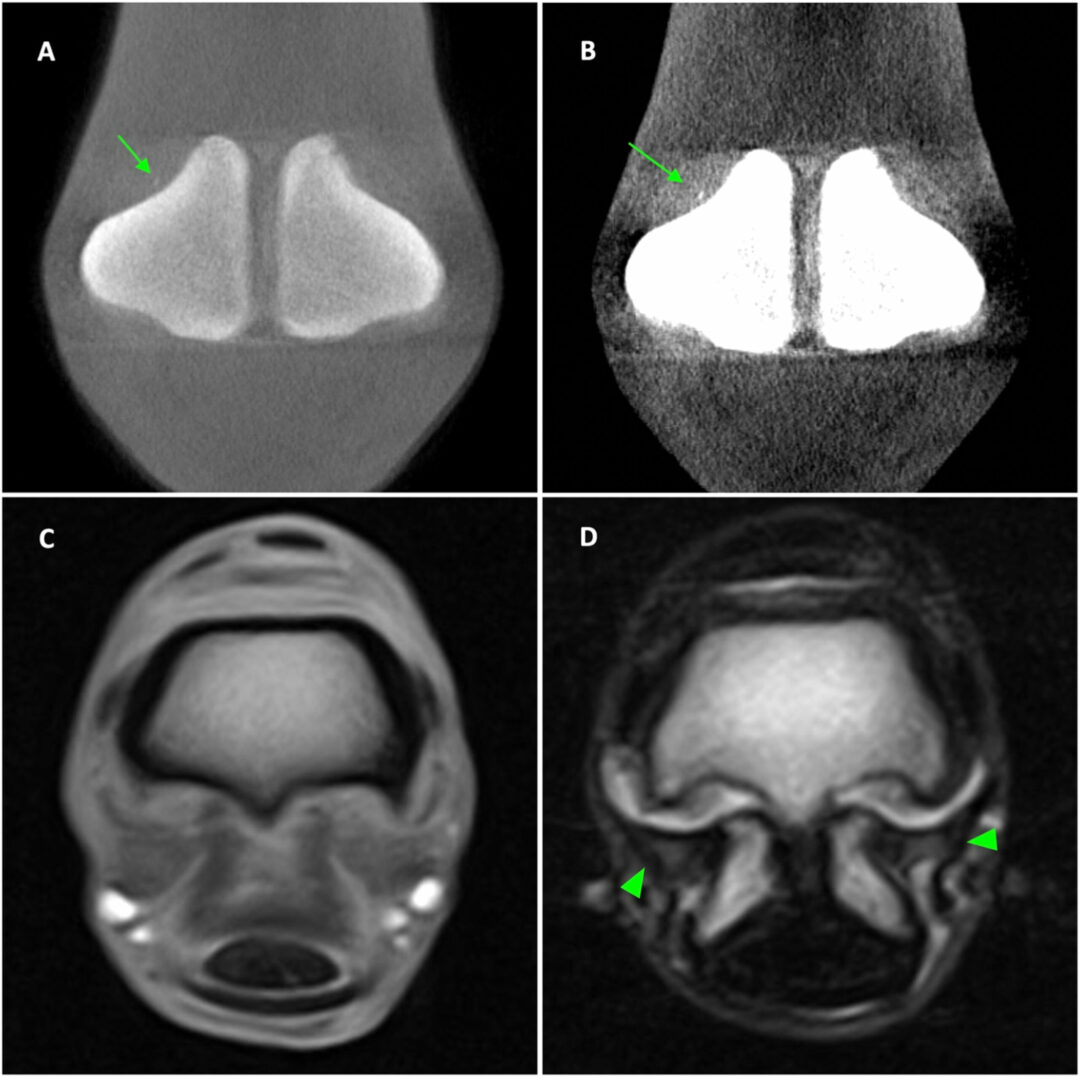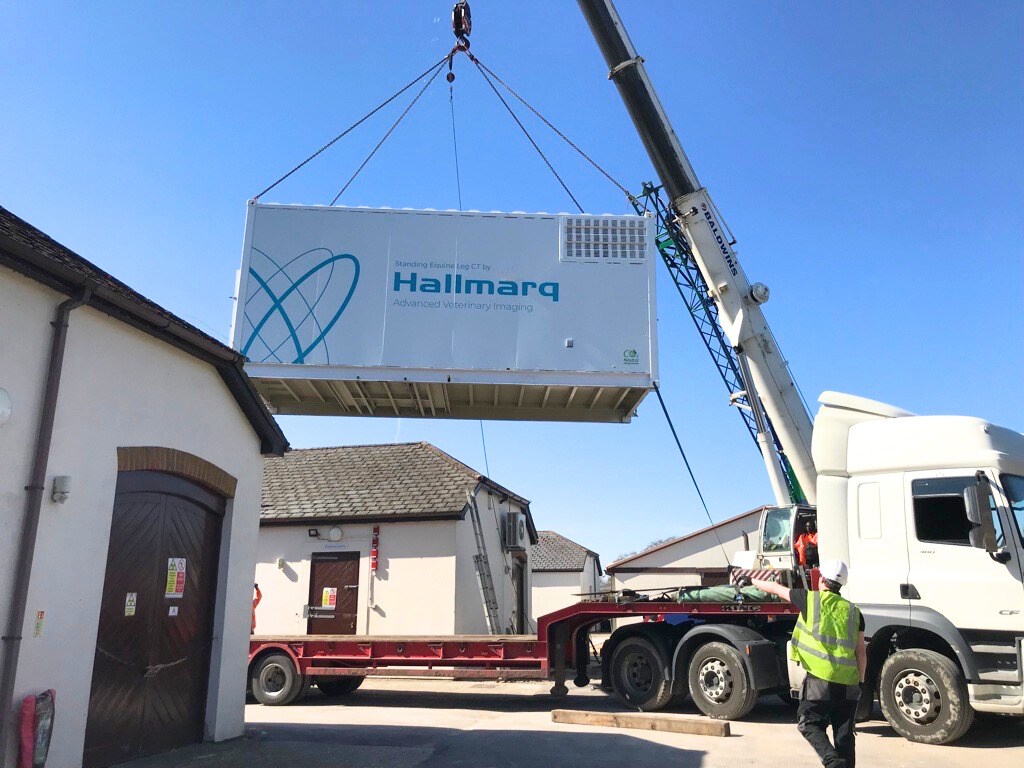The journey of veterinary diagnostics is one marked by continuous advances toward greater precision, lowered risks, and enhanced equine welfare. From the early days of wet chemistry radiographs to the sophisticated imaging technologies of today, each step forward has shed new light on aspects of equine anatomy and pathology that were previously hidden.
Hallmarq Veterinary Imaging has consistently led the field in veterinary diagnostics, as evidenced by the introduction of Vision CT; a new system that embodies our commitment to pushing the boundaries of equine diagnostic imaging further than ever.
A New Age of Equine Diagnostics
The Evolution of Equine Imaging
The field of equine healthcare has always welcomed technological innovations in diagnostic imaging, seeing these as essential tools for elevating care standards. Hallmarq’s pioneering development of the world’s first, and only, standing equine MRI machine marked a significant turning point in equine diagnostics by providing a practical, and more clinic- and horse-friendly imaging solution. Building upon this foundation, we introduced the Vision CT system, designed to make advanced imaging safer and more accessible while addressing the clinical need for precise lameness diagnosis with minimal risk to the horse.
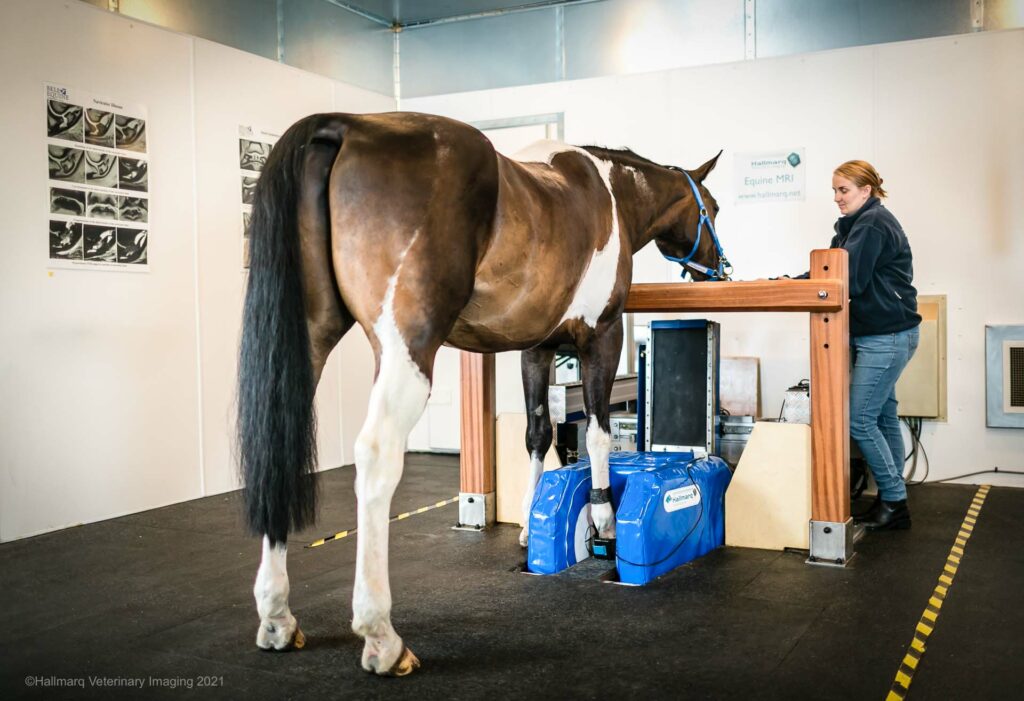

Vision CT: More Than an Imaging Tool
The Vision CT system goes beyond traditional diagnostic imaging; it represents a significant move towards more compassionate equine care. With its design informed by the challenges regularly faced in veterinary practices, Vision CT is a testament to Hallmarq’s dedication to excellence. Its technology meets the clinical need for precise 3D imaging and reflects our ongoing mission to improve equine welfare through innovative solutions.
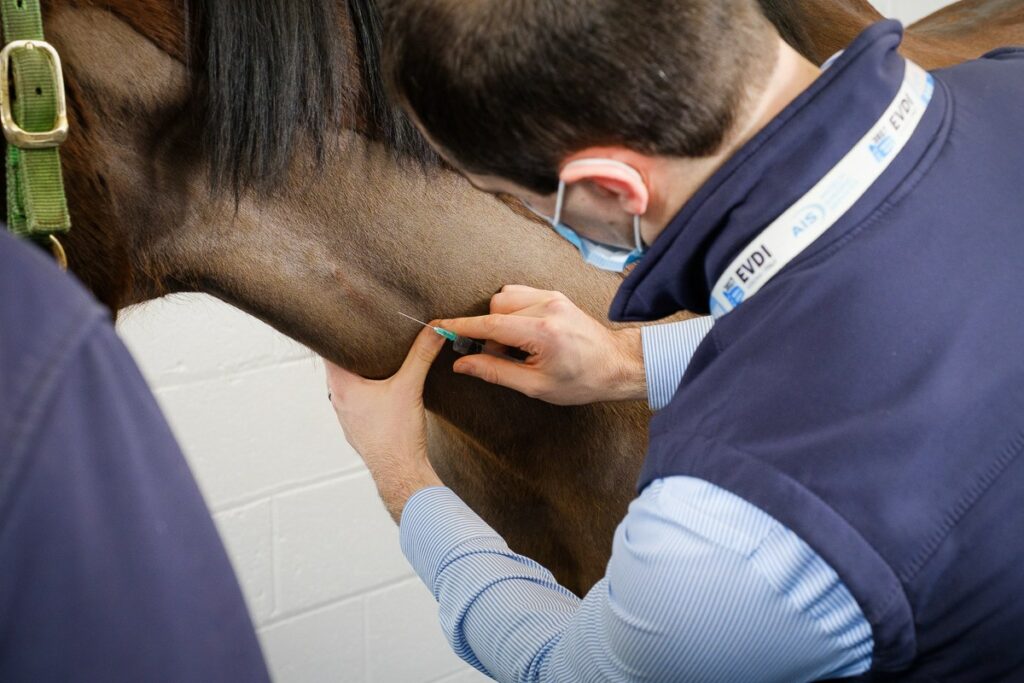

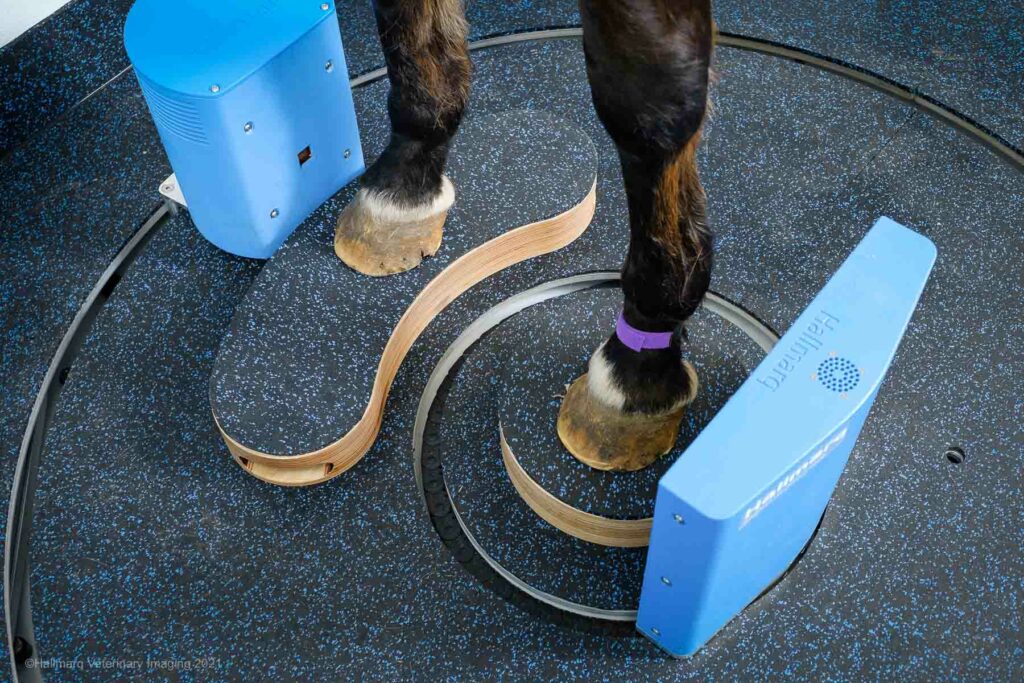
Bridging Diagnostic Gaps with Vision CT
Confronting the Challenges of Traditional Imaging
Traditional imaging methods like radiography and ultrasound often fall short in helping to inform a comprehensive diagnosis, due to their limitations in providing detailed insights into certain conditions. The NEHS 2018 data¹ highlighted this issue, revealing that nearly 38% of horses suffer from health problems, with a significant number related to lameness and lower limb issues. This is where the Vision CT system is ahead of the curve, offering profound insights into these challenges and shifting how equine patients are diagnosed and treated.
Rethinking Equine Diagnostic Imaging
A key feature of the Vision CT system is its ability to capture scans on a standing, sedated horse, thus eliminating the risks associated with general anesthesia². This, along with Hallmarq’s unique motion correction software, provides unparalleled views into the complex structures of the equine distal limb, significantly enhancing diagnostic accuracy and efficiency.
The practical benefits of Vision CT, when used in a clinical setting, are summed up by Henry O’Neill from Donnington Grove Equine Vets, UK, who says:
“Standing Equine Leg CT is now our first port of call for complex proximal sesamoid fractures where we have concerns over configuration. Generating data sets is quick and easy, and image resolution can be just as impressive as MRI.”
Henry O’Neill, MVB DVM MS Dipl ACVS MRCVS American Specialist in Equine Surgery, Donnington Grove Equine Vets, UK
His feedback highlights the system’s effectiveness, emphasizing its crucial role in diagnosing and managing equine lameness with precision and care.
Vision CT in Practice: Enhancing Equine Care
Operational Efficiency and Improved Safety
Vision CT optimizes the diagnostic process, making it less stressful for horses and simple for already busy veterinary staff. Dr. Ellen Singer from Sussex Equine Hospital, UK, shares:
“We find Vision CT quick and easy to use. The horses tolerate the procedure quite happily, and it provides a cost-effective option for the client.”
Dr Ellen Singer, BA, DVM, DVSc., Diplomate ACVS & ECVS, FRCVS, American, European and RCVS Specialist in Equine Surgery, Veterinary Associate, Sussex Equine Hospital, UK
We are pleased that clients like Dr. Singer are benefitting from Vision CT’s user-friendliness and efficiency, and that its broad accessibility is making advanced diagnostics a viable option for more clients.
Empowering Veterinary Practices
With its user-friendly interface and seamless integration into existing workflows, Vision CT is an asset for equine practices of all sizes. Its operational efficiency and high-resolution imaging capabilities present a cost-effective solution for clients, making it an essential addition to practices committed to the highest standard of equine care.
Looking Forward: The Future of Equine Diagnostic Imaging
As the field of veterinary diagnostics continues to evolve, the Vision CT system by Hallmarq stands as a beacon of innovation, opening up new pathways in diagnosing and treating equine lameness. It symbolizes our unwavering dedication to advancing veterinary medicine and enhancing the lives of horses globally.
Discover the Vision CT Difference
We encourage you to delve deeper into Vision CT’s benefits and capabilities and to consider how it might transform equine diagnostics within your practice. Adopting Vision CT signifies a commitment to offering more compassionate and effective care for equine patients.
To see how the Vision CT system can enhance your practice and help usher in a new era of equine diagnostics.
With Vision CT, CT-ing Is Believing.
¹ National Equine Health Survey (NEHS) 2018
² Morgan, Jessica M., Helen Aceto, Timothy Manzi, and Elizabeth J. Davidson. ‘Incidence and Risk Factors for Complications Associated with Equine General Anaesthesia for Elective magnetic resonance imaging’. Equine Veterinary Journal, 7 November 2023, evj.14026
INTERESTED IN VISIONARY VETERINARY IMAGING?


